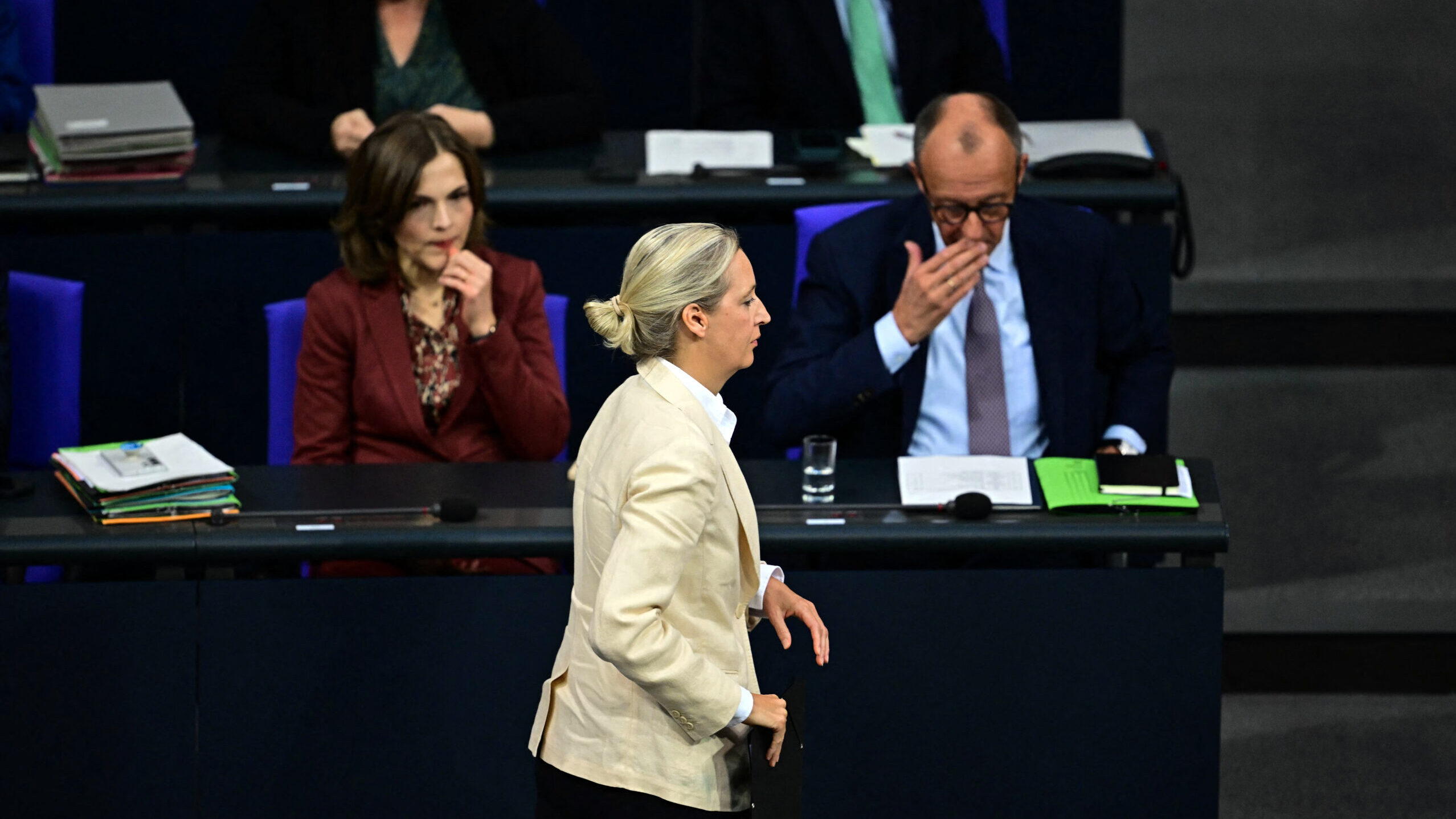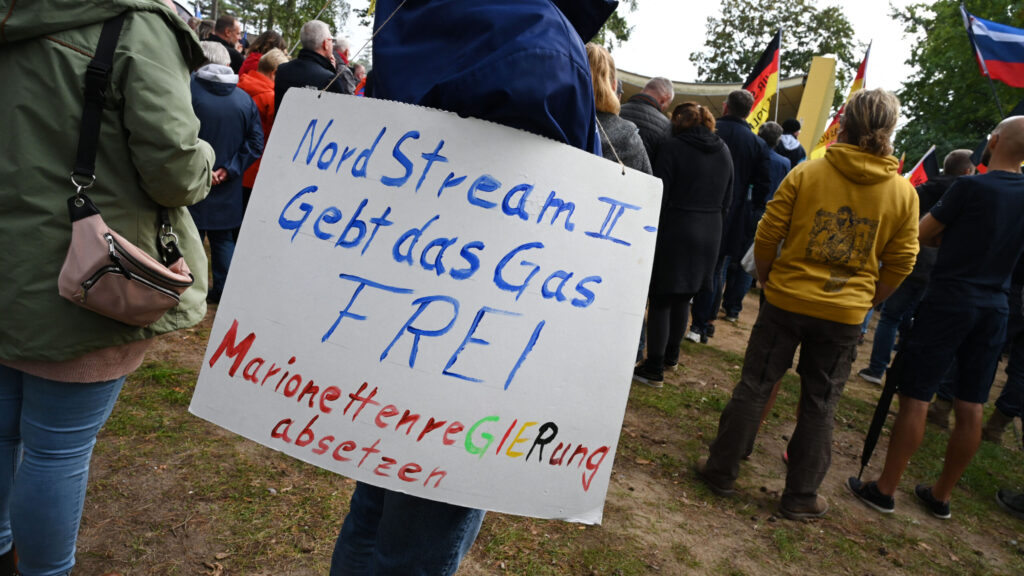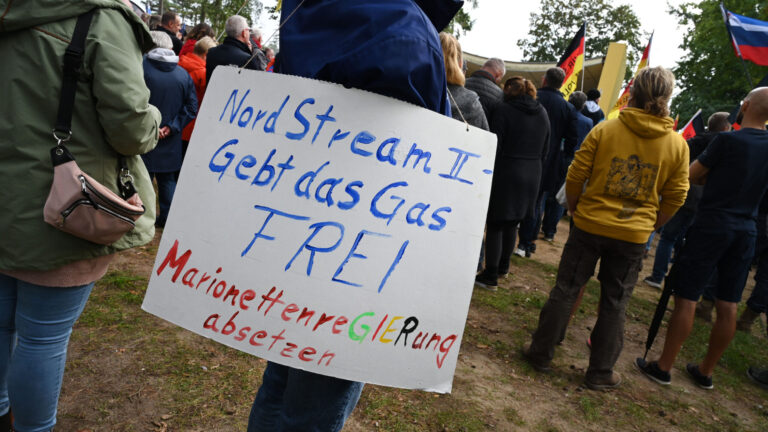For the first time in the history of the Federal Republic of Germany, the right-wing anti-immigration Alternative für Deutschland (AfD) has surpassed the 40 per cent threshold in a poll. According to a survey by the Insa Institute conducted for the news portal Nius, if state elections were held in Saxony-Anhalt next Sunday, the party co-chaired by Alice Weidel and Tino Chrupalla would receive 40 per cent of the vote—ten points higher than in Insa’s June poll.
The Christian Democratic Union (CDU) follows in second place with 26 per cent, marking a decline of eight points. The Left Party remains stagnant at 11 per cent, while both the Social Democrats (SPD) and Sahra Wagenknecht’s BSW stand at 6 per cent each, hovering near the threshold for entry into the next state parliament. The Free Democrats (FDP) and the Greens would fail to win any seats, polling at 3 per cent each.
‘On the road to an absolute majority,’ Weidel wrote on X, welcoming the poll results and adding that the survey showed what the AfD is truly capable of achieving.
Alice Weidel on X (formerly Twitter): “40 % für die AfD, auf dem Weg zur absoluten Mehrheit: Die neueste Umfrage zur kommenden Landtagswahl in Sachsen-Anhalt zeigt, was möglich ist! pic.twitter.com/7iHuAAZ9wd / X”
40 % für die AfD, auf dem Weg zur absoluten Mehrheit: Die neueste Umfrage zur kommenden Landtagswahl in Sachsen-Anhalt zeigt, was möglich ist! pic.twitter.com/7iHuAAZ9wd
With state elections scheduled for next year, such a result would make coalition-building extremely difficult. A government excluding the AfD would only be possible through a four-party alliance between the CDU, the Left Party, the SPD, and the BSW. The AfD, on the other hand, could theoretically form a government with either the CDU/CSU or the BSW—though both have so far firmly ruled out any cooperation with the right-wing party.
The top candidates of the AfD and the CDU are virtually tied: AfD parliamentary group leader Ulrich Siegmund would receive 22 per cent support, while CDU candidate Sven Schulze would garner 21 per cent. Meanwhile, 33 per cent of respondents said they would not vote for either candidate, and 25 per cent were undecided or gave no answer.
AfD’s strong polling performance is not limited to the state level. According to the Ipsos Sonntagsfrage survey conducted from 2–3 October, the AfD is now the largest party nationwide, polling at around 25 per cent compared with the CDU’s 23 per cent. Moreover, an INSA poll from early October placed Weidel’s party at 26.5 per cent.
Related articles:







